about
the project
Blue Apron is a meal delivery service that allows home cooks to enjoy pre-prepared meals through a subscription model.
In this project, I explore potential service offerings specially designed to cater to the needs of student users. Through research, data synthesis and prioritization, I come up with a Future-State Service Blueprint that provides a better cooking and eating experience for students.

Contextual Interviews
To create a solid service strategy, I first conducted a contextual interview with 7 student participants - each with unique backgrounds and dietary habits. These participants were international students currently enrolled in a Masters program at Savannah College of Art and Design, USA.
The goal of this interview was to better understand student's ideal cooking habits, uncover their pain points, and discuss their goals and wishes. This would help me make patterns and generate insights.
Understand meal planning, prepping and cooking habits of 7 international students in USA.
My research questions were as follows:
-
Can you describe a typical dinner at home during a week day?
-
What do you like the most about preparing a meal?
-
Do you typically prepare dinner yourself? Or not? Why?
-
What would you change about preparing a meal, and why?
-
Can you walk me through the steps involved? How did you prepare the meal?
-
When was this dinner? Who were you with?
-
What do you like the least about preparing a meal?
-
When was the last time you prepared a meal?
-
Have you tried a meal planning kit or service?
-
What did you like most about it?
-
What did you like the least about it?
I used Miro to document responses by participants. They are shown in the image below.

Analysis &
Data Synthesis
Affinity Mapping
After documenting all of this data, I began to go through all the responses and take notes. Patterns began to emerge shortly after.
I used Affinity Mapping to create organized buckets of ideas and data. This helped uncover common characteristics and stories by different people.

This map helped me to understand what aspects of the cooking process is most important to students. By looking at the density of comments in each section, as well as characteristics of each comment, I was able to prioritize data and begin to generate insights.
Insights &
Idea Generation
At this stage, I began to make sense of all the patterns that arose through affinity mapping. By taking up few of the important patterns, I created insights that aimed to generate ideas by solving the core issue.
The 5 core insights are:
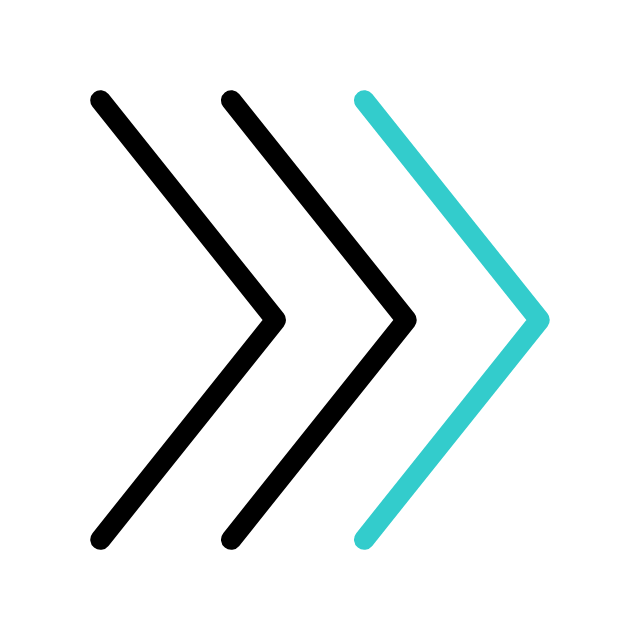
Students need to make quick meals because they want to save time
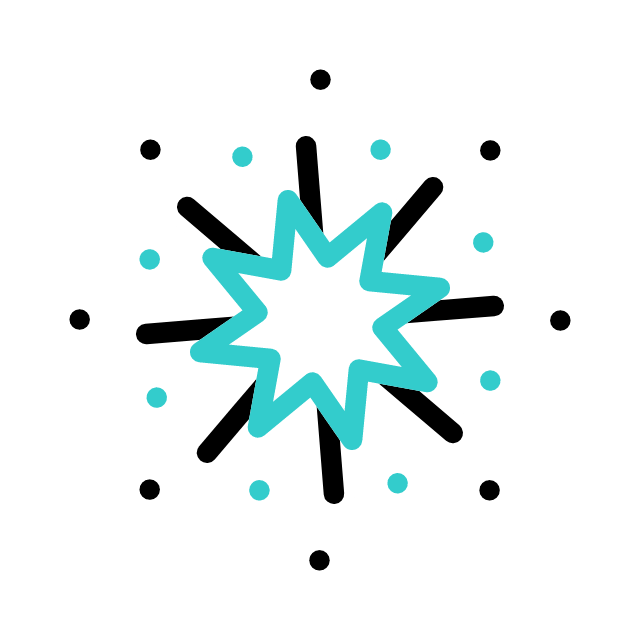
Students need a better meal variety because they don't want to repeat dishes
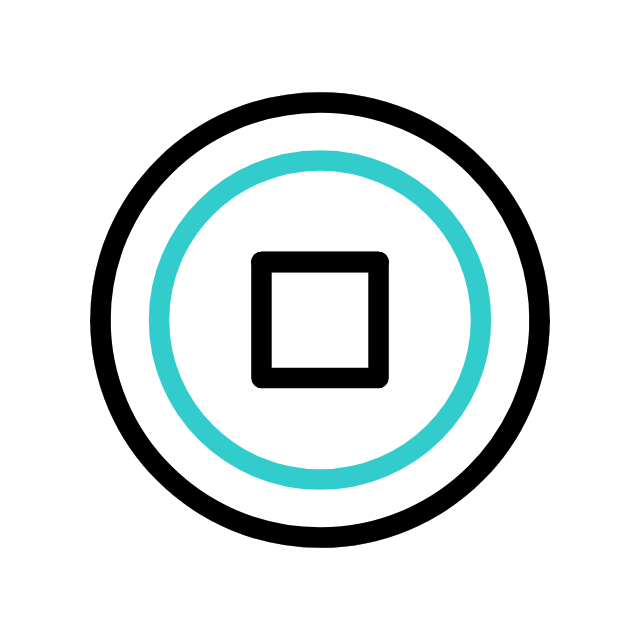
Students need better value for money because they want to save money
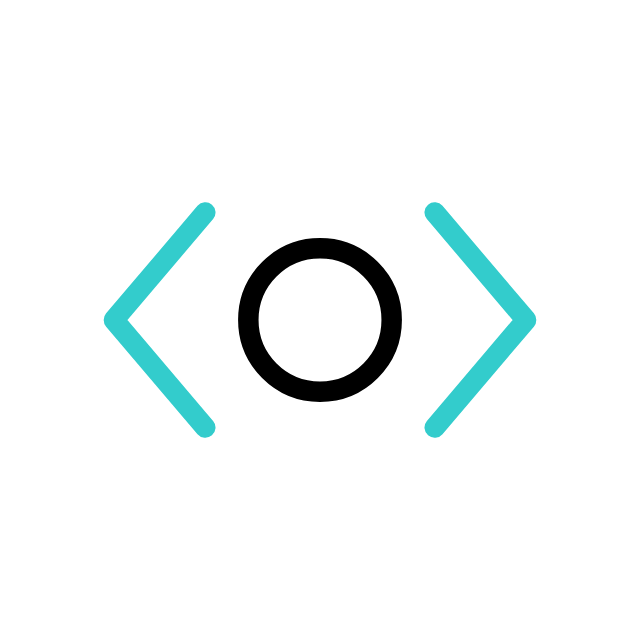
Students need flexible meal plans because they have diverse taste preferences
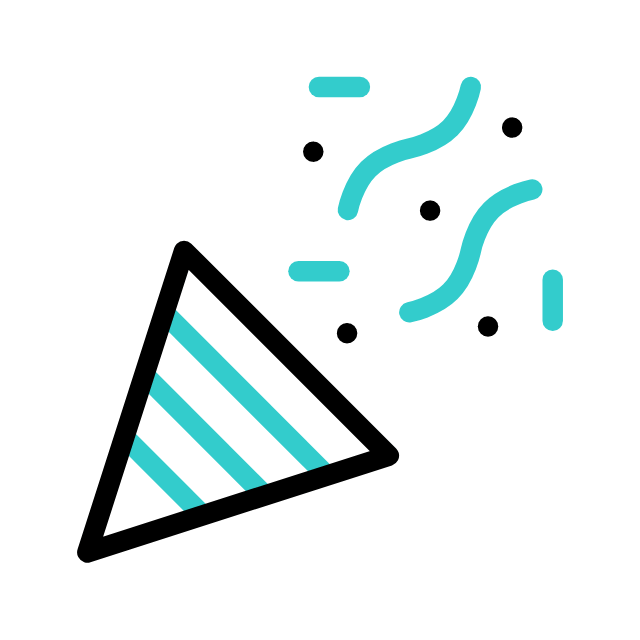
Students need to have unique experiences because they get bored easily
Divergent Thinking and Ideation
How Might We Questions
I conducted an ideation work session with my peers to generate divergent ideas by the use of How Might We Statements.

The whole idea is to document every idea that the table floats without thinking about limitations, viabilities and other factors. This allows for a higher creative flow - something that is great to come up with novel ideas!
By taking up few of the important patterns, I created insights that aimed to generate ideas by solving the core issue.
Idea Prioritization
Framework
In order to reach a common understanding with stakeholders on a list of prioritized ideas for implementation, I used the MoSCoW method as an easy and democratic prioritization tool.
I asked my peers to give their votes to their top 3 ideas. These votes are weighted and help pick out ideas most favored by everyone - something that will bring a high return on investment.
The image on the right shows the prioritized ideas that I ended up with. - picking 2 ideas for the near term and visualizing a future state service blueprint.

Future State
Service Blueprint
I chose two specific ideas to work with in the near term. This could be ideas that all stakeholders at Blue Apron would agree on or be most confident in. The would also be ideas that could high a have impact on the target audience.
Nonetheless, I first put together a condensed user persona of a student and then began thinking of an ideal service journey.

